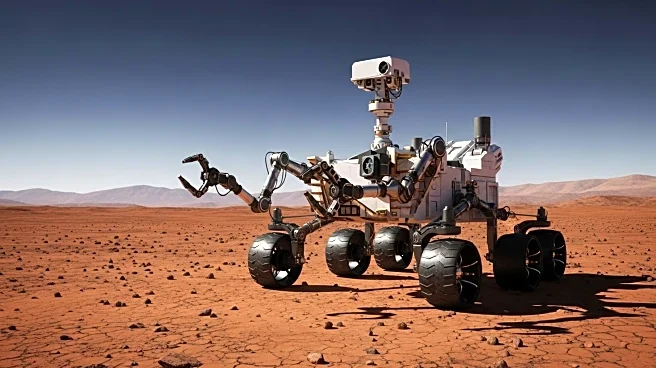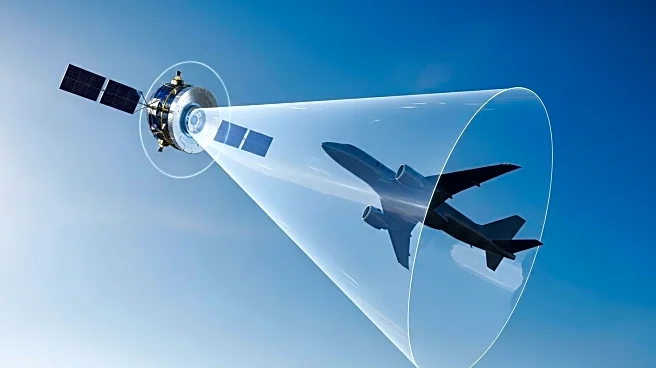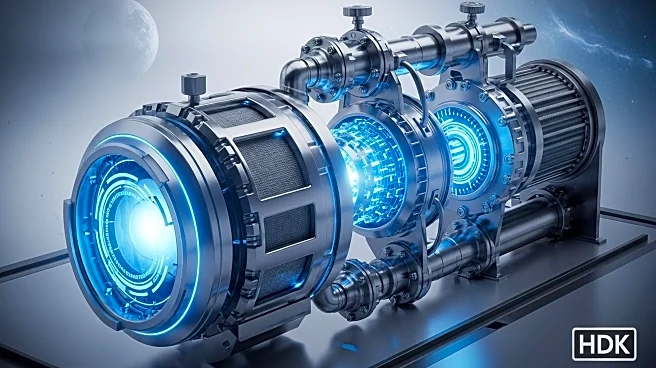What's Happening?
NASA has developed a patented technology known as the Fiber Optic Sensing System (FOSS), which integrates advanced sensors and algorithms to monitor critical parameters in real-time. This technology is capable of assessing position, deformation, stiffness, operational loads, and magnetic fields, among other factors, for structural health monitoring applications. FOSS uses Fiber Bragg grating sensors embedded in optical fibers to provide detailed data on structural integrity, including liquid and gas states in containers. NASA is seeking licensees to commercialize this technology, which promises to enhance monitoring capabilities in various industries, including oil and gas drilling.
Why It's Important?
The FOSS technology represents a significant advancement in structural health monitoring, offering precise and real-time data that can prevent catastrophic failures in critical infrastructure. By providing detailed insights into structural integrity, FOSS can improve safety and efficiency in industries such as aerospace, construction, and energy. The ability to monitor parameters like stress and pressure in real-time allows for proactive maintenance and reduces the risk of accidents. This technology could lead to cost savings and increased operational efficiency, benefiting industries that rely on robust structural health monitoring systems.
What's Next?
NASA is actively seeking partners to license and commercialize the FOSS technology, which could lead to widespread adoption across various sectors. As industries recognize the benefits of real-time structural monitoring, there may be increased investment in integrating FOSS into existing systems. This could drive innovation in sensor technology and expand the applications of fiber optic sensing beyond current capabilities. The collaboration between NASA and commercial entities could accelerate the development of new products and services that leverage FOSS technology.
Beyond the Headlines
The FOSS technology not only enhances structural monitoring but also raises ethical considerations regarding data privacy and security. As more industries adopt real-time monitoring systems, there will be a need to address how data is collected, stored, and used. Additionally, the widespread implementation of FOSS could lead to shifts in regulatory standards for structural health monitoring, requiring updates to compliance frameworks. The long-term impact of FOSS may include changes in how industries approach safety and maintenance, potentially leading to new best practices and industry standards.










